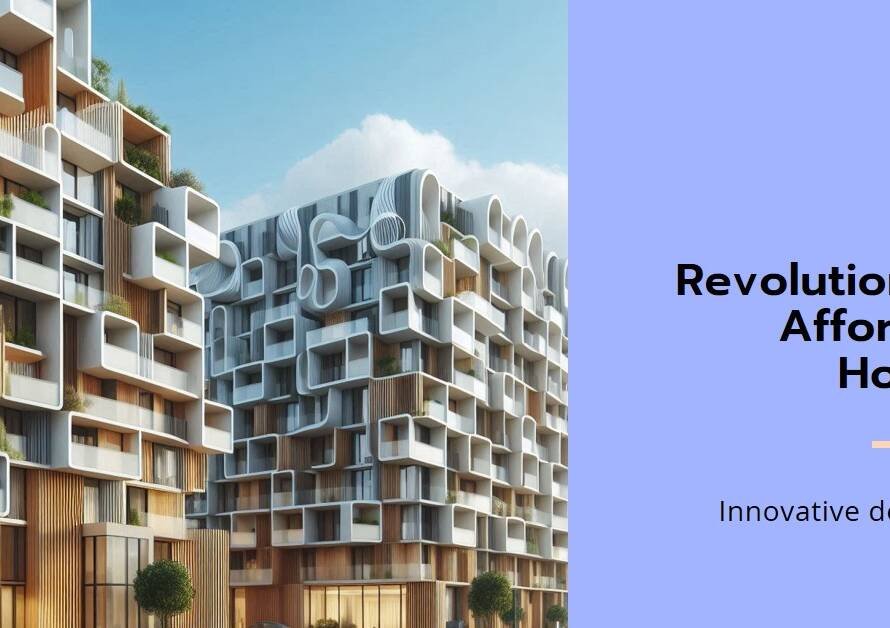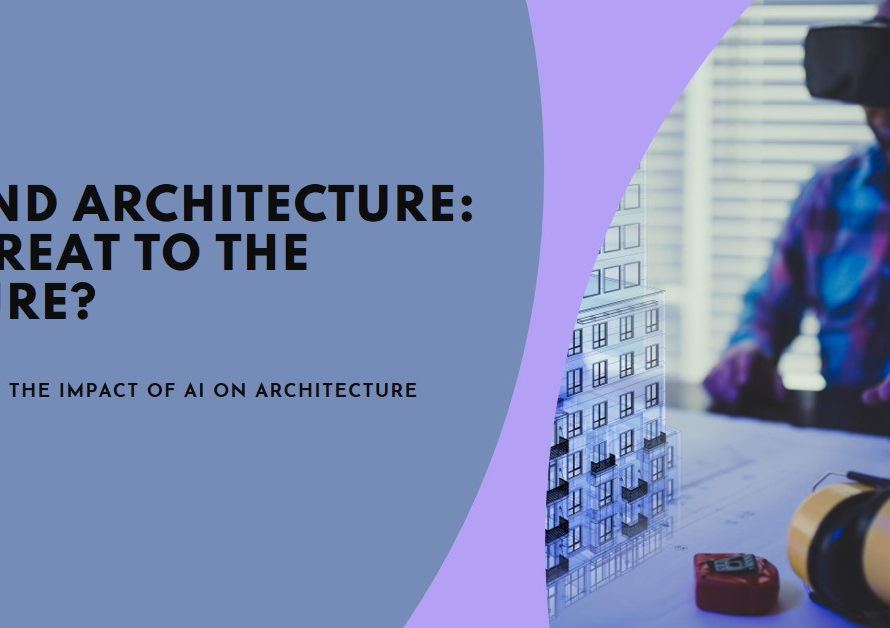
Table of Contents
1. Introduction: The Evolution of 3D Visualization with Lumion 10
In the realm of 3D visualization software, Lumion 10 stands out as a powerful tool that empowers architects, designers, and visual artists to bring their visions to life with stunning realism and efficiency. This blog post delves into the features, capabilities, and user experience (UX) of Lumion 10, highlighting how it streamlines workflows, enhances visualizations, and revolutionizes the way professionals create immersive 3D environments.
2. Intuitive Interface: Navigating the World of Lumion
Lumion 10 greets users with an intuitive interface designed for ease of use and seamless navigation. The user-friendly layout and accessible tools empower users to focus on creativity rather than grappling with complex software mechanics. From importing 3D models to fine-tuning lighting and materials, Lumion’s interface simplifies the entire visualization process, making it accessible to both beginners and seasoned professionals.
3. Realistic Environments: Advanced Lighting and Material Features
One of Lumion 10’s standout features is its ability to create incredibly realistic environments through advanced lighting and material capabilities. Users can experiment with global illumination, realistic shadows, and dynamic lighting effects that mimic natural light conditions with precision. Additionally, Lumion offers a vast library of high-quality materials, textures, and objects, allowing users to achieve lifelike renders that captivate viewers and convey design intent effectively.
4. Landscape Design: Terrain Modeling and Vegetation Tools
For architects and landscape designers, Lumion 10 offers robust terrain modeling and vegetation tools that elevate outdoor environments to new heights of realism. Users can sculpt terrains, add water bodies, and populate landscapes with a rich variety of trees, plants, and vegetation. The ability to customize foliage, season effects, and weather conditions adds depth and narrative to outdoor scenes, making them visually compelling and immersive.
5. Dynamic Effects: Animations, Weather Simulation, and Contextual Details
Lumion 10 excels in creating dynamic visual effects that breathe life into architectural and design projects. Users can animate objects, people, and vehicles within scenes, adding movement and storytelling elements to visualizations. The software also features weather simulation tools, allowing users to showcase different seasons, weather conditions such as rain and snow, and time-of-day effects that transform the mood and atmosphere of scenes. Contextual details such as crowds, birds, and ambient sounds further enhance the realism and immersion of Lumion projects.
6. Seamless Integration: Compatibility and Collaboration
Lumion 10 seamlessly integrates with popular 3D modeling software such as Autodesk Revit, SketchUp, ArchiCAD, and more, enabling smooth workflow transitions and efficient collaboration among design teams. Users can import 3D models with ease, retain model hierarchy and materials, and make real-time updates in Lumion without disrupting design continuity. This interoperability fosters collaborative workflows, accelerates design iterations, and ensures consistency across design platforms.
7. Photorealistic Renders: High-Quality Visual Outputs
One of the ultimate goals of 3D visualization is to create photorealistic renders that blur the lines between digital and reality. Lumion 10’s rendering engine excels in producing high-quality visual outputs with crisp details, realistic lighting effects, and impeccable material finishes. Whether creating architectural visualizations, interior renders, or landscape designs, Lumion’s rendering capabilities elevate projects to professional standards that impress clients and stakeholders alike.
8. Presentation and Visualization Tools: Engaging Client Experiences
Lumion 10 goes beyond static renders with its presentation and visualization tools designed to create engaging client experiences. Users can create cinematic camera paths, flythrough animations, and immersive VR walkthroughs that showcase designs from dynamic perspectives. These presentation tools not only captivate audiences but also help clients visualize spaces, understand design concepts, and make informed decisions, fostering positive client relationships and project approvals.
9. Performance Optimization: Speed and Efficiency
In the fast-paced world of design and visualization, performance is paramount. Lumion 10 prioritizes speed and efficiency, allowing users to render complex scenes quickly and iterate designs seamlessly. The software leverages GPU rendering technology to harness the power of modern graphics cards, ensuring smooth interactions, real-time previews, and rapid rendering times even for intricate projects with large-scale scenes.
10. Future Prospects: Innovations and Updates


As Lumion continues to evolve with new features, updates, and innovations, its role in the realm of 3D visualization remains pivotal. The software’s commitment to user experience, realism, and efficiency positions it as a preferred choice for architects, designers, and visualization professionals seeking to create compelling visual narratives, immersive environments, and impactful presentations. Embracing Lumion 10 means embracing a tool that not only meets current visualization needs but also adapts to future trends and challenges in the dynamic world of design and architecture.


